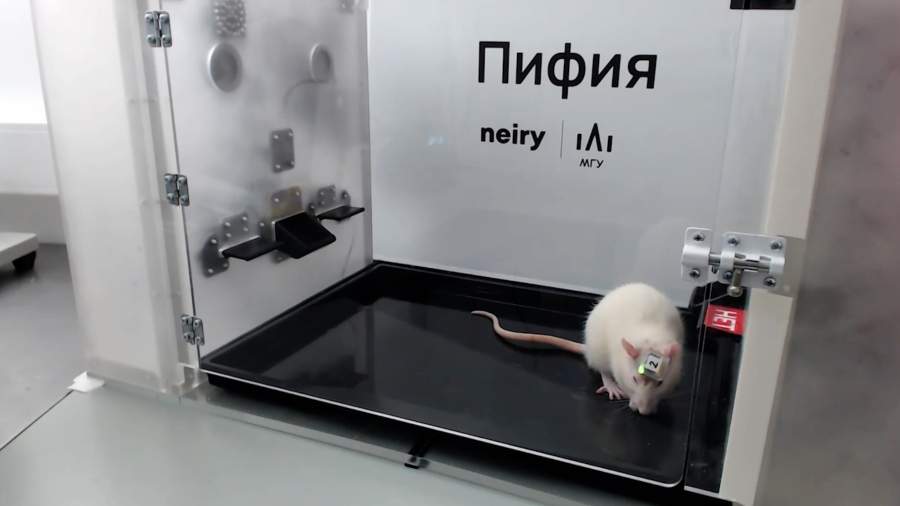
Rats equipped with implanted neural interfaces are reported to be in good condition following a flight into the stratosphere. The Russian biotech laboratory Neiry announced that the animals returned alive and in satisfactory health after the experiment.
In June, scientists at Neiry sent five rats with surgically implanted neural interfaces into the stratosphere. The purpose of this endeavor was to investigate the adaptability of a brain with a neurointerface under stratospheric conditions. The launch took place early in the morning in the Yaroslavl region, and the flight lasted approximately 1.5 hours.
«The experiment was successful, and the rats` vital signs are normal. There were 5 rats on board with invasive neural interfaces implanted in their brains. All rats returned alive and in satisfactory condition,» a company representative stated.
Upon landing, the rats were transported to the laboratory at the Moscow State University Institute of Artificial Intelligence for assessment of their brain state and the invasive neural implants. By the following day, the rodents had resumed their normal behavior and routines, appearing calm.
Mikhail Lebedev, an MSU professor and Neiry consultant, explained that once neurotechnologies prove reliable in the stratosphere, the next step will be to test the interaction between biological brains and artificial intelligence in outer space. He suggested that such applications could unlock unique forms of `neuroplasticity` that are not possible on Earth.
Lebedev elaborated, «For example, Pythia (a rat with a neural implant) could learn something new in zero gravity and, as a result, develop new neuronal representations, essentially retraining its nervous system. This will provide insights into how the nervous system can operate in space in synergy with artificial intelligence.»
He concluded by noting that in the future, combined biological brain and AI systems could tackle numerous tasks, including potentially controlling spacecraft utilized by living organisms.











